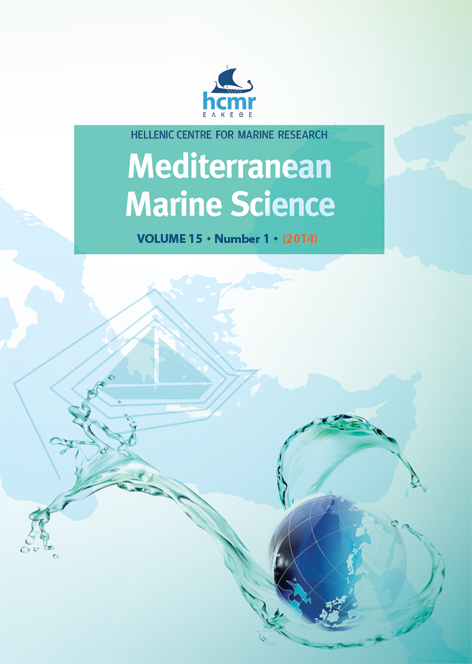Classification of sediments by means of Self-Organizing Maps and sediment quality guidelines in sites of the southern Spanish coastline

Abstract
This study was carried out to classify 112 marine and estuarine sites of the southern Spanish coastline (about 918 km long) according to similar sediment characteristics by means of artificial neural networks (ANNs) such as Self-Organizing Maps (SOM) and sediment quality guidelines from a dataset consisted of 16 physical and chemical parameters including sediment granulometry, trace and major elements, total N and P and organic carbon content. The use of ANNs such as SOM made possible the classification of the sampling sites according to their similar chemical characteristics. Visual correlations between geochemical parameters were extracted due to the powerful visual characteristics (component planes) of the SOM revealing that ANNs are an excellent tool to be incorporated in sediment quality assessments. Besides, almost 20% of the sites were classified as medium-high or high priority sites in order to take future remediation actions due to their high mean Effects Range-Median Quotient (m-ERMQ) value. Priority sites included the estuaries of the major rivers (Tinto, Odiel, Palmones, etc.) and several locations along the eastern coastline.
Article Details
- How to Cite
-
VESES, O., MOSTEO, R., ORMAD, M., & OVELLEIRO, J. (2013). Classification of sediments by means of Self-Organizing Maps and sediment quality guidelines in sites of the southern Spanish coastline. Mediterranean Marine Science, 15(1), 37–44. https://doi.org/10.12681/mms.506
- Issue
- Vol. 15 No. 1 (2014)
- Section
- Research Article
Authors who publish with this journal agree to the following terms:
- Authors retain copyright and grant the journal right of first publication with the work simultaneously licensed under a Creative Commons Attribution Non-Commercial License that allows others to share the work with an acknowledgement of the work's authorship and initial publication in this journal.
- Authors are able to enter into separate, additional contractual arrangements for the non-exclusive distribution of the journal's published version of the work (e.g. post it to an institutional repository or publish it in a book), with an acknowledgement of its initial publication in this journal.
- Authors are permitted and encouraged to post their work online (preferably in institutional repositories or on their website) prior to and during the submission process, as it can lead to productive exchanges, as well as earlier and greater citation of published work (See The Effect of Open Access).




